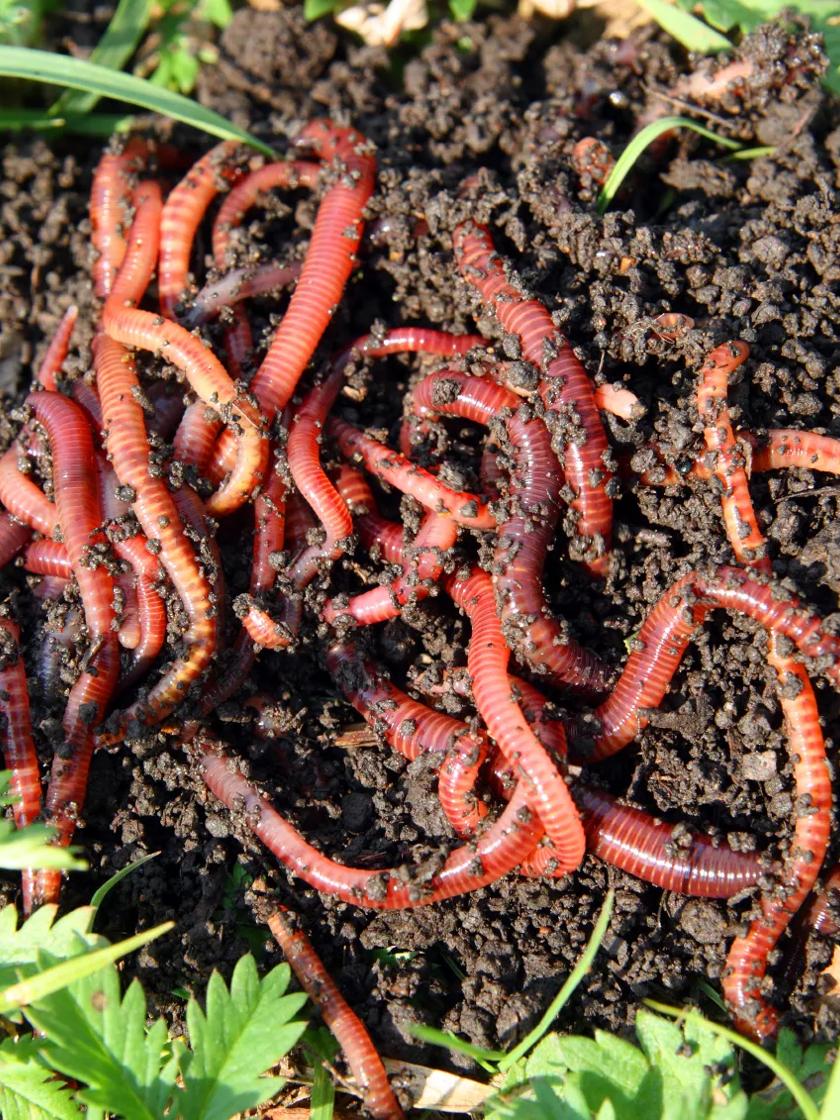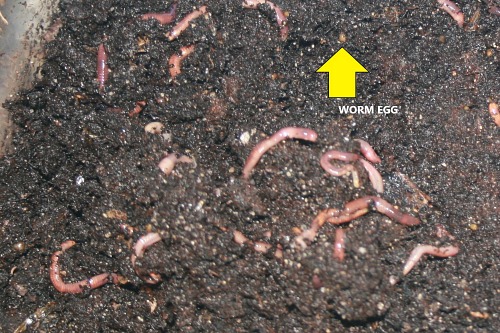Open the Tricks of Red Wigglers: Your Guide to Composting Success
The assimilation of red wigglers right into composting practices presents a significant possibility for enhancing soil wellness and promoting sustainability. Recognizing their requirements and behaviors is critical for maximizing their capacity, from establishing up an appropriate worm bin to feeding them the ideal products.

What Are Red Wigglers?
Native to North America, they are usually located in decaying fallen leaves and compost heap, where they play an essential function in nutrient recycling. Their adjustment to residing in a damp, cardiovascular environment allows them to eat large amounts of organic waste, simplifying into nutrient-rich spreadings that improve soil health and wellness.
Red wigglers recreate swiftly, with a single worm capable of creating a number of cocoons each week, each containing multiple hatchlings. Understanding the biology and behavior of red wigglers is essential for optimizing their possibility in composting applications.
Benefits of Using Red Wigglers
Taking advantage of the power of red wigglers in composting uses various advantages that boost soil health and wellness and promote sustainable waste management. These impressive organisms successfully damage down raw material, transforming cooking area scraps and yard waste right into nutrient-rich vermicompost. This ended up product is remarkably advantageous for plant development, as it improves dirt structure, enhances moisture retention, and enhances nutrition accessibility.

Establishing Your Worm Bin
Creating an efficient worm container is a simple process that can dramatically enhance your composting efforts. The primary step is selecting a suitable container. Worm containers can be made from plastic storage containers, wood boxes, or commercially Website readily available worm bins. Make sure the container has adequate drain and air flow holes to preserve optimal dampness levels and air flow.
Following, prepare the bedding product, which works as the worms' environment. A mix of shredded newspaper, cardboard, and coconut coir functions well, supplying a comfortable environment for the worms. Go for a bedding depth of about 4-6 inches. Moisten the bedding lightly, guaranteeing it resembles a damp sponge without excess water merging at the base.

Feeding Your Red Wigglers
To make certain the wellness and performance of your red wigglers, it is necessary to give them with a balanced diet regimen that meets their nutritional demands. Red wigglers thrive on a varied selection of natural products, which not only provide necessary nutrients but additionally advertise reliable composting.
Beginning by incorporating kitchen area scraps such as veggie peels, fruit cores, and coffee grounds. Prevent citrus fruits, onions, and garlic, as these can be destructive to worm health and wellness. Additionally, introduce shredded paper, cardboard, and dry leaves to create a well-aerated environment.
Feeding regularity must be kept an eye on; usually, worms can eat half their body weight in food weekly. It is important to avoid overfeeding, as excess food can result in undesirable odors and attract pests. A great practice is to add food in tiny amounts, allowing worms to refine it before introducing extra.
Maintaining dampness degrees is likewise vital; the bed linens must perspire however not soggy. Be certain to frequently examine the temperature and pH levels of the bin to make sure an ideal atmosphere for your red wigglers, inevitably boosting their composting effectiveness.
Harvesting and Utilizing Compost
An effective composting process with red wigglers culminates in the rich, dark garden compost recognized as vermicompost, which can dramatically enhance dirt health and plant development. Collecting this nutrient-dense product commonly takes place every 3 to six months, depending on the dimension of your system and the quantity of organic matter being refined.
To collect, delicately different the compost from the worms and any undecomposed products. One efficient approach entails relocating the components of the container away and adding fresh bedding and food to the empty room, encouraging the worms to move. After a few days, the garden compost can be accumulated from the contrary side.
It is important to utilize vermicompost appropriately to optimize its advantages. It can be utilized as a top clothing for garden beds, blended right into potting soil, or brewed into a nutrient-rich liquid plant food recognized as "worm tea." This application technique assists to provide essential nutrients straight to plant roots, promoting healthier growth. By incorporating vermicompost into your gardening routine, you not only reuse natural waste however also develop a flourishing ecological community that supports lasting gardening techniques.
Conclusion
In summary, red wigglers serve as phenomenal allies in composting initiatives, transforming natural waste into nutrient-rich vermicompost. By understanding the optimal problems for their habitat, feeding needs, and garden compost harvesting strategies, garden enthusiasts can boost dirt health and wellness and advertise plant vigor.
Comments on “Achieve a Lush Lawn Using Lake Hickory Bait Lawn Care Resources”